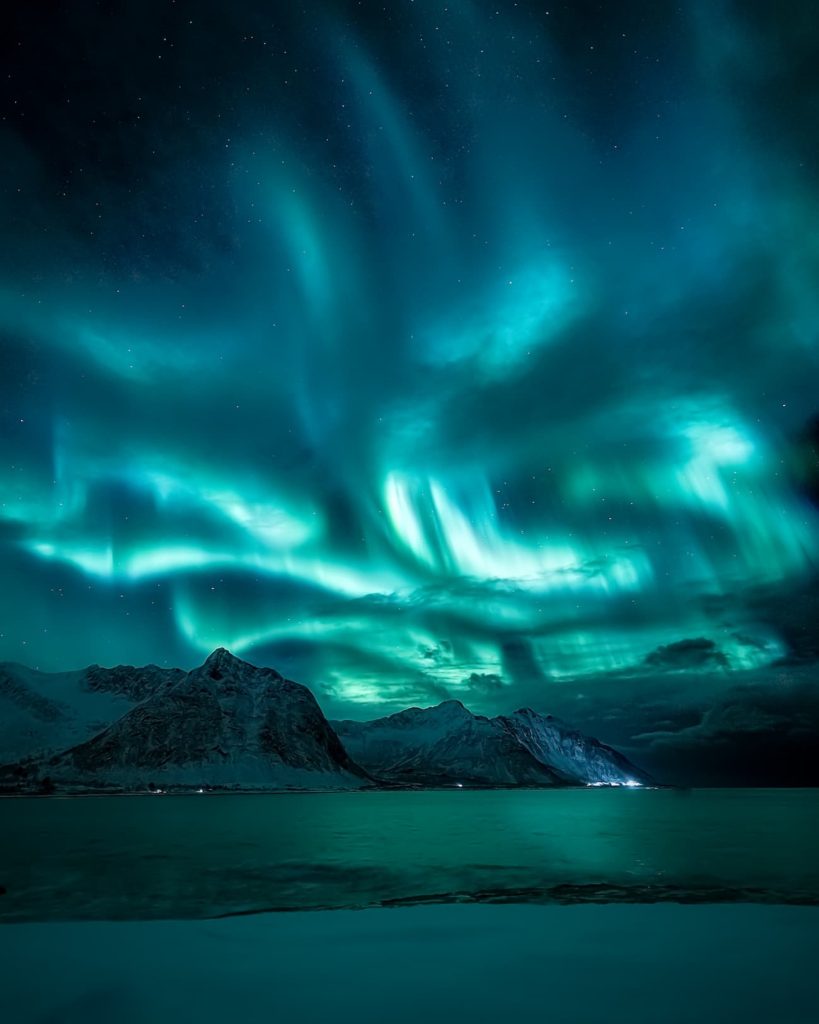
© 2020 Nomadict. All rights reserved.
In my childhood, I watched the same films over and over again, pressed pause in parts that excited me, and later on my first PC, I even took screenshots of the scenes and collected them. You could say these were my first photographs. I looked at all the behind-the-scenes footage and even then I wanted to know how something was shot, what the cameras did look like, and so on. I already knew a lot about all the equipment before I ever held a camera in my hand.
In particular, the Indiana Jones trilogy and Steven Spielberg in general shaped me the most in my early days. I still believe that I owe my passion for landscape photography to these films. I wanted to travel around the world like in the movies and see all the beautiful places. Luckily, my brother and I were able to travel a lot through my father’s tennis career, especially to our second home, Croatia, in our early childhood. Our grandparents went to the beach with us every day; they always had to drag me out of the water.
Despite my early fascination and my strong wish to own a camera, I never expressed it as such. It wasn’t until much later, in 2015, that my girlfriend and her family gave me my first camera for my birthday. I still know how I held my first camera in my hand; I was so proud! I learned all the basics with this Sony NEX-7 APS-C camera. It was like a switch that flipped inside me. I didn’t want to do anything else in the world.
For the last few years, I had worked and studied in the mechanical engineering field. But you could say that with the first shutter release of my own camera, I put an end to that. I quit at my University and applied right across the street to the Photography Design Faculty. My first pictures are as far away from my current style as you could possibly imagine. When I look at my old photos, my main criticism is probably my composition that I have chosen and that I wanted to refer too much to the textbooks that I read so diligently instead of approaching the whole thing intuitively.
In the later semester, we had projects that taught me to see the bigger picture, to work on photographs that result in a series, and to work on my own stamp as a photographer. Though I think I haven’t found it yet, I am getting closer with every photo I take. Many shots that I liked when I took them will never see the daylight because I can’t bring them to my style or to a representation of how I felt in the editing process. In spite of that, no photo is ever wasted. It is still a learning curve for me to this day and the pictures that I do not use help me grow as a photographer anyway.
A big impact on my photography style also came from the death of my girlfriend’s father. He was the center of the family and it has been and still is, difficult to talk and write about. After he passed away, I stopped taking pictures for almost a year. When I finally started using my camera again, I somehow took photos differently.
The photographic point of view also changed for the time being. Before I rarely took photos with focal lengths below 50mm. Today, working with wide-angle lenses gives me the ability to represent better how I perceive the world with my photos. I excluded so many things that I would have incorporated into my composition before. I also tried not to change so much on my photos while editing and aimed for that one shot that is already finished when taking it. While before I could even add elements to my photos, today I don’t even press the shutter anymore when the scene is not minimalistic enough for me. I usually look for quiet moments, where I observe and contemplate the smallest details of the scene. It is a very good exercise in any sense.
Minimalism also made its way into my private life. And I mucked up a lot of stuff that I had previously accumulated. My equipment was also sorted out; in the past it was zoom lenses, tripods, various flashes, and other things that nobody needs, and today it’s a camera and a fixed focal length. A little later, the craft reached another dimension for me when I started shooting more on film.
The inspiration to take photos on film came from the great Joe Greer, a photographer who inspired me to take a film course at university. This new medium made me rediscover photography from the scratch, at least from a technical point of view. I bought a super cheap Pentax K1000 – the sound of the shutter was music in my ears.
As well as the wait until the film is developed and the excitement of looking at the negatives. You have so much more in your own hands than with the digital process and you have so much more responsibility. You’re so much more a part of it all.
I took on a completely different approach because I only had 36 pictures on 35mm and only 10 on my medium format. I began to watch my surroundings much more carefully. I wondered a lot more whether the scene was worth a photo or not. This directly solves what I was feeling so frustrated about before with digital photography: coming home with a ton of photos and it is extremely difficult to decide which picture you like best. This is different when taking photos on film as I get the distance I need from the photos while the photos are being developed.
The thing to keep in mind when shooting on film is that you shouldn’t expect miracles. When I got my first film developed, I expected to see pure nostalgia and perfect photos. But to be honest, I didn’t like a single one of the 36 frames. It took me a long time to adjust my process to get better results. I started to test different exposure methods, tested what looks better, underexposed or overexposed, which film stock suits my style best, tried different photo labs, etc. Nevertheless, even after some time I still haven’t gotten where I want to be with my film photography and that’s what makes it so interesting. I have it more difficult with a 35mm and I always like medium format on 120 film a little more. With the larger negative, I simply get the results that I like more and especially there, if at all, you can see the magical look of film photography and the so-called “medium format look”.
The camera that I’ve come to love the most is my Mamiya 7ii; it’s incredibly compact and light for a medium format camera. For me personally, I get the best results when I expose for the shadows and usually overexpose by at least one stop. If the camera itself doesn’t have a good exposure meter or none at all, I would always have an external exposure meter with me. It can also help in difficult lighting situations.
If I had to say what makes me photograph more on film, it is the decelerated process, the pure feeling of photography, the nostalgia, the learning process and above all, the more personal and characteristic touch. I feel a much stronger connection to the photos, which is also due to the fact that you “accompany” them over a much longer process. It doesn’t make a photo better just because it’s on film. To be honest, I get better feedback on my digital photos than on my analog ones, but that doesn’t change the fact that I personally like them a lot better and that’s much more important.
To achieve that I use a 4×5 crop which comes close to my medium format photos. Then I take the clarity and sharpness way down to get rid of the digital sharpness and to get a softer image. Film gives me a more natural look from the start, which is what I am looking for with my photos.
I am usually more drawn to warm colors and scenes. This is also one of my goals when editing the photos. White balance and color grading are my main tools here. In almost every picture I add some warmth in the shadows and a little blue in the lights to keep the photo natural. In some photos, a little orange/red or magenta is used in the mid-tones. In Lightroom, there is also the last tab with the camera profiles, which offers great options for color grading.
To this day, editing my pictures is the point that is the most difficult for me and it took me years to get to a point that I like. Most of the time, editing in Lightroom is a little overwhelming for me and I try way too much and over-edit the image sometimes. When that happens I leave the image alone and edit it later when I have gotten some distance from it. Only the pictures that I usually finish with between five and 10 minutes are the ones that I publish.
For as long as I remember, the USA was the country I wanted to visit most. When we did our road trip through the west coast last year, it was a dream coming true for me to see the Grand Canyon. We got out of our camper and walked towards the canyon when it started to rain slightly. When we got to the lookout point, the sun came out again and I was rewarded with an incredible rainbow in the middle of the canyon. To see the Grand Canyon for the first time, and then in this way… Just Wow! For me, the picture has such an unbelievable depth and it reflects the place exactly as I would like to keep it in my memory. I often try to have several layers in my pictures and here I succeeded incredibly well. You have the plants in the foreground, the rainbow in the middle, and the canyon and rain in the background. It will always be one of my most beautiful experiences in life.
What I noticed again with this photo is that my best photos are created without much planning and are often a result of perfect timing and pure coincidence. The rainbow was gone after a few seconds. Therefore, it is simply important to always have your camera with you and to react quickly to the situation. So sometimes, you don’t have time to deal with the technique, you should really know your camera inside out.
Thus, I believe the best comes spontaneously. Try to just wander off without any destination. Just hike for miles and watch everything that happens around. And if you do that without getting too heady about what you want to photograph, the strongest images emerge.
Would you like content like this sent to your inbox?

This article chronicles Mitchell Leong’s journey, who found solace and purpose through his lens. From the rugged expanses of the Canadian Rockies to the ethereal allure of starlit nights, each photograph tells a story of resilience, exploration, and the profound impact of the natural world. Through his lens, he seeks to bridge the gap between science and art, using photography as a tool for conservation and storytelling. Along the way, he shares invaluable lessons learned, from embracing fear to trusting in the power of storytelling.
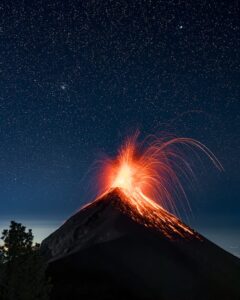
This article follows Phil’s path as a photographer, sparked by his unwavering love for exploration and ignited during post-university travels. Through his lens, we traverse Phil’s transformative journey across captivating landscapes, from the rugged beauty of the Canadian Rockies to the fiery spectacle of Volcán de Fuego in Central America, where he captured the winning shot.
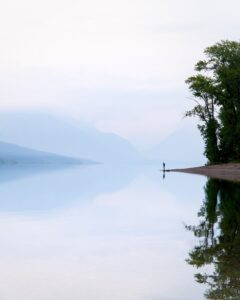
In this article, we delve into the journey of photographer Amirali, whose passion for photography was ignited amidst the challenges of academic life and the chaos of the pandemic. Through his lens, we witness Amirali’s transformative exploration of landscapes, from the serene landscapes of Finland to the mystic scenes of Montana’s nature, where he took a shot that won the Best of the Week.
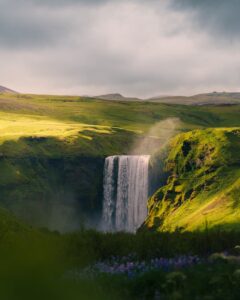
Inspired by a newfound love, Michael transforms the blank pages of his life into a vibrant canvas of nature and exploration. In this article, you can read about the profound lessons learned—from prioritizing living over routine to the art of editing and the magic of impromptu adventures—and witness the evolution of a photographer’s passion amid the breathtaking landscapes of Denmark and Europe.
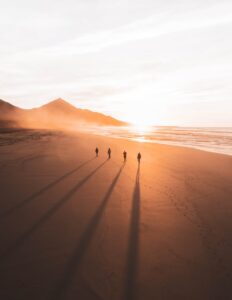
In 2017, Mathieu Morel’s first trip to Iceland marked a turning point in his photography journey. His photograph taken at Cofete Beach in Fuerteventura reflects the lessons he’s learned along the way. Thanks to the support of our community’s votes, he emerged as the winner of our weekly contest.
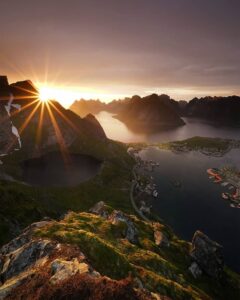
Barbara Thoeny won our weekly contest thanks to a golden hour photo in the beautiful Lofoten Islands. This article teaches us about her winning shot, passion for capturing the northern lights, and most valuable experiences as a solo traveller and photographer.
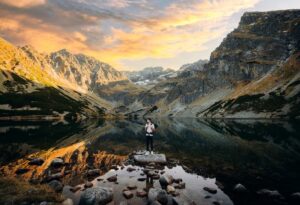
Meet Konstantin, a passionate traveler and photographer inspired by those who use their cameras to capture the world’s beauty and meaning. He aims to make each photo as unforgettable as the moment itself, emphasizing the importance of a positive attitude and cherishing the present moment.
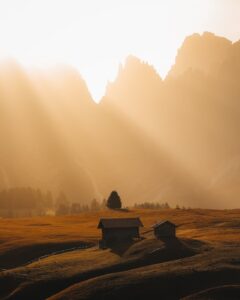
Inspired by his Alpine upbringing, Jannik began photographing in 2021 to capture the world’s beauty. Through his journey, he’s gained insights into creativity, self-appreciation, and light’s transformative role. Join him as he shares the story behind his winning photo and reflects on his photography path.
© 2020 Nomadict. All rights reserved.
